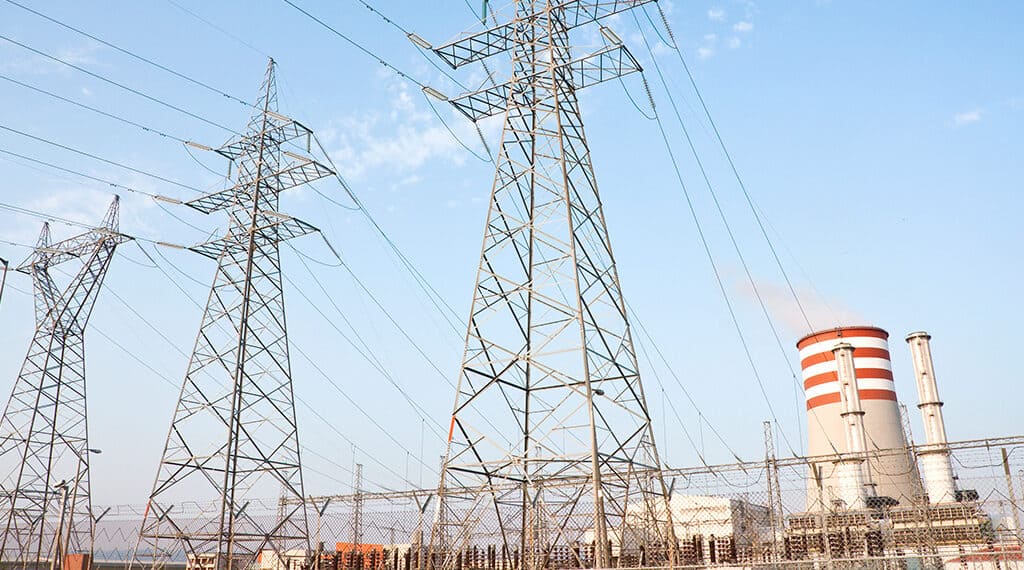Mexico Energy Reform Continues Under Debate

After the Christmas holidays of 2021, the moment arrived for legislators to begin open discussions with parliament and the private sector to review the arguments for or against the eventual promulgation of the electricity reform presented by the head of the Federal Executive Branch last September.
These meetings included the assessment and discussion of technical, legal, economic, environmental, and political elements, among others. During this process, several leaders were summoned to share their perspectives.
It is important to note that the aforementioned reforms (i) prioritize the plants of the Federal Electricity Commission (CFE), although they are more expensive and can cause more polluting, as well as the distribution of generation capacity, which means 54% of that generation capacity would go to CFE and the remaining 46% fo the private ones, (ii) leaving a gray area as to what would happen with private permits and contracts, as well as distributed generation. The wording of the text caused alarms to be set off within the private sector and served as the initial premise for the rejection by a large part of the opposition.
These debates are expected to last four weeks, ending on February 15.
Before commenting on what has happened at the time of writing this report, we must remember that the official party, promoters of these reforms, must convince 54 deputies to reach the 333 representatives needed, that is, two thirds of the lower house. As you know, the party and its allies (Party of the Workers and Green Party Ecologist of México) have 279 votes, therefore, where could those missing votes come from? Sources and news media speculate that they could come from the PRI, who had some leaders who responded negatively to the proposals. However, others are not as vocal in their opposition and would allow it to proceed if not widely contested.
The vote on the reform in the lower house is expected to happen between the end of February and the beginning of March of this year, and then it would go to the Senate. The process we believe could end in April.
On January 20, Jennifer Granholm, Secretary of Energy of the United States, visited Mexico to hold a series of meetings with her Mexican counterpart, as well as with the Executive Branch, which coincided with the dates on which the Mexican parliament was reviewing the proposed rule changes and the purchase by Pemex of the Deer Park refinery, located in Texas.
This visit was accompanied by a series of concerns by the United States about the energy policies that Mexico is trying to revise, in which it points out that the US Mexico Canada Agreement (USMCA) would be put at risk, since it includes perceived discriminatory treatment towards US companies, as well as the fact that the electricity reform could cost oil to increases by 823% in a conservative scenario, which could reach 1.109% in a maximum scenario.
Some sources consulted indicate that there is fear regarding of proposal changes that would give CFE absolute control over the Mexican electricity market.
This last point is supported by the CEESP – the Center for Economic Studies of the Business Coordinating Council – as they believed it will be a setback and put the sector and investments at risk.
The representative of the National Commission of Governors (CONAGO), Omar Fayad, from Hidalgo, proposed that governors be included in the development and implementation of the Mexican electricity system, and that it recognizes their right to energy accessibility and that technical and social proposals be prepared and delivered, beyond political ideologies.
Some participants sent by Morena affirmed that the current legislation has not translated into direct benefits for the Mexican society or for the CFE itself and its workers and insist that private initiative monopolizes the generation of energy in the country and, if the initiative is approved, the privatization of the Mexican electricity sector and the disappearance of the CFE would stop.
On the other hand, the opposition reaffirmed its position, arguing that the proposal is an outdated model that, if approved, would set the country back 60 years regarding the operation of the Mexico electricity market. This is in addition to their opinion that it won’t address the underlying problem regarding the country’s credit rating, its reputation for being a truly deregulated market and that that the proposed reforms could translate into potential interruptions of the electricity service and the trade of goods and services.
On Sunday, January 23, the National Action Party caucus asked to rethink the reform with the aim of making it in favor of clean energy, health protection, care for the environment and the promotion of productive investments in the sector, noting that the reform would cost up to 512 billion pesos, based on data from the Mexican Institute for Competitiveness (IMCO).
The blue and white leader Marko Cortés said that it would impact Mexican families and cause increases in energy prices, since the CFE would become a monopoly, and that Mexico would be identified along with other authoritarian governments and drive away other investments in this sector.
At the time of this report (January 24, 2022), there is currently a schedule that calls for meetings to discuss:
• Nationalization of the Electricity Industry
• Liberalization of electricity generation and marketing
• Participation of the private sector in the Electricity Industry
It is important to follow the progress of this debate and urge your legislators to vote in a reasonable manner, since this will have a profound impact on our country, its citizens and reputation as a viable investment destination for US and global companies. The world is becoming more and more electrified and if we are to compete and grow, we must have an energy infrastructure and rules
that serve the best interests of our country, even if we must make some sacrifices today for the long-term benefits of our nation.
Follow us on LinkedIn, YouTube, and other channels, as we will continue to bring you updates on this topic and other important energy issues in Mexico.




